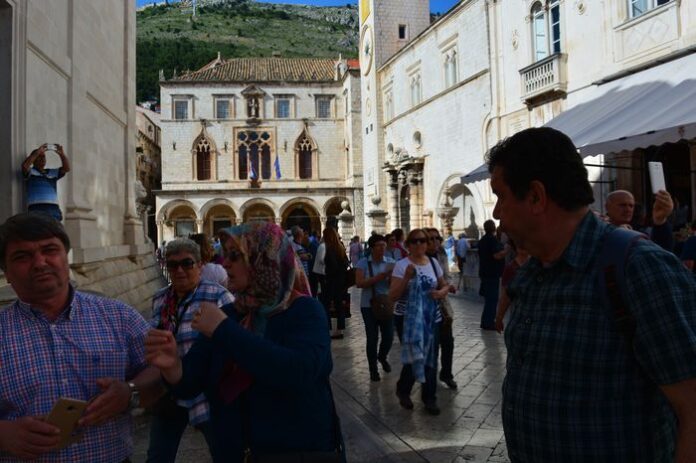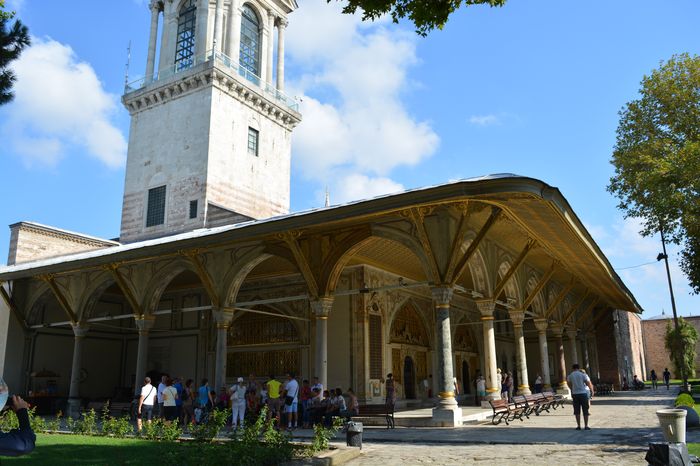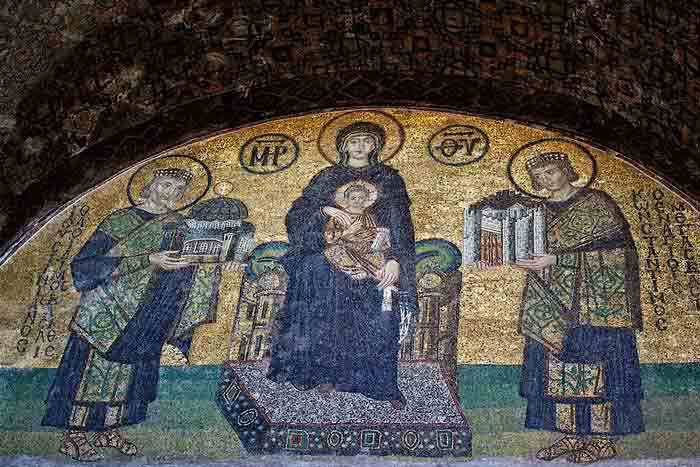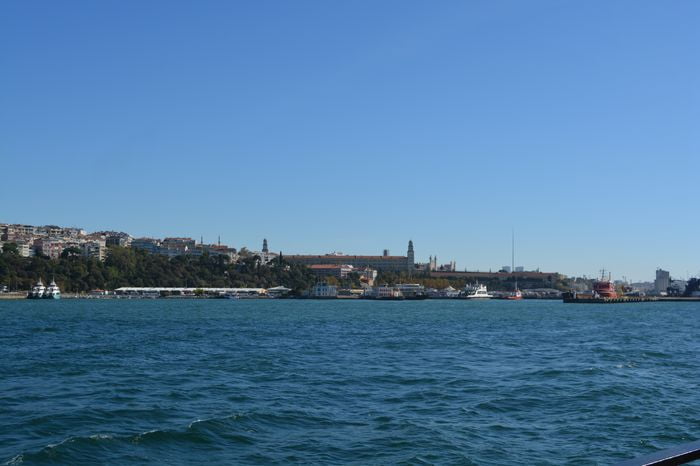The walls of Constantinople, though strong, soon suffered serious damage—not from an invading army, but from a powerful force of nature. In the year 447 AD, just 34 years after they were built, a series of strong earthquakes struck the city and destroyed a large section of the new fortifications. According to historical records, 57 towers and much of the wall collapsed Reconstruction of the Walls.
This disaster could not have come at a worse moment. That same year, the feared warrior Attila the Hun had already defeated the Eastern Roman armies three times. He burned and looted the provinces of Macedonia and Thrace, and advanced as far as Athyras (now Büyükçekmece, near Istanbul), just outside Constantinople.
After these victories, Attila forced the Eastern Roman Empire to accept a humiliating peace treaty. The treaty required the empire to:
Give up lands south of the Danube, Pay a one-time indemnity of 6,000 pounds of gold, Triple the yearly tribute from 700 to 2,100 pounds of gold.
Fast and Fearless Response by Constantine
Despite this terrible situation, the Empire did not collapse. Instead, it responded quickly and effectively. The man responsible for this recovery was Constantine, the Praetorian Prefect of the East at the time.
According to the historian Marcellinus Comes, Constantine led a massive effort to rebuild the damaged walls. The entire project—restoring the ruined sections—was completed in less than three months. This incredible achievement saved Constantinople from further attacks.
Stronger Than Ever Before
Constantine didn’t just repair the broken walls—he improved the entire defense system. He ordered the construction of a second wall, in front of the older Wall of Anthemius. In front of this second wall, he also added a broad and deep moat, making the city even more secure Guided Tour Sofia.
With these additions, Constantinople now had three strong layers of defense:
Inner Wall (Wall of Anthemius), Outer Wall (built under Constantine), Moat.
The new system included:
192 towers for watch and defense, Wide spaces between the walls and moat, allowing large armies to move and fight inside the defenses, A combined thickness of about 190 to 207 feet,
A total height of over 100 feet when measured from the bottom of the moat to the top of the towers.
A Masterpiece of Military Engineering
This massive and complex structure became one of the greatest fortification systems in the ancient world. The walls protected Constantinople from countless enemies for centuries. Thanks to Constantine’s fast thinking and strong leadership, the city not only survived a disaster—it became even more secure than before.







